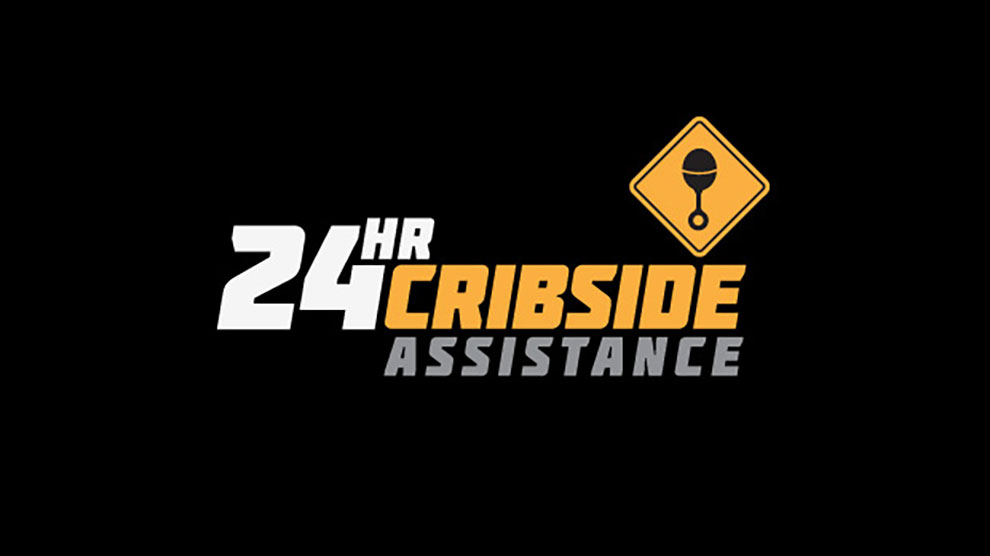FUEL CONSUMPTION
Average Fuel Consumption
When you buy a new car, you always want to know how far you can go on a tank of gas right?
So how far can a baby go on a ‘tank’ of mama’s milk.
The short answer is not really that far. Breastmilk is designed to be digested quickly. So new babies need to nurse often. Remember, this is good because nursing a lot helps Mom make milk.
Experts say you should expect breastfed babies to feed 8 – 12 times in a 24 hour period. That’s about every two to three hours.
But honestly it can vary quite a bit. A lot of it has to do with how much your baby sleeps. Most babies sleep a lot in the first few weeks, but some sleep much more (or less!) than others. So 8 to 12 feedings a day is just a guide line. Many babies nurse more often than that.
And even when the baby settles into more of a pattern, it won’t always be regular. Your baby might nurse three or four times in three hours – really – and then sleep for four hours.
Other times a baby will nurse for five minutes and seem to be satisfied; or a baby might nurse for 15 or 10 minutes on each side. Sometimes babies have growth spurts and they need to nurse more often for a few days.
Bottom line: there are many kinds of normal in breastfeeding.
Reading the fuel gauge
Sometimes parent wonder if the baby is getting enough milk. One way to tell is to pay attention to what’s in the baby’s diapers. If food goes in one end, something should come out the other end.
Expect one or two poopy diapers a day for the first couple of days and then two or three after that. But again, that’s just a guideline. Some breastfed babies seem to poop almost every time they nurse!
With pee the general rule is to expect one wet diaper on day one, two on day two, three on day three and so on up to day six. After that there should be about six wet diapers a day.
Here’s the catch. With today’s ultra disposable diapers it’s not always that easy to tell when a tiny baby has peed because the surface of the diaper sometimes doesn’t feel wet. Poop? Much easier to tell. Here’s a tip if you’re not sure if your baby is peeing. Put a little tissue in the diaper. That will get wet and you’ll know for sure.
Back to number two for a minute.
Not to get overly graphic or anything, but the colour and, um, consistency of the poop changes over the first week. For the first couple of days it will black and dark greenish and sticky, then it turns to brownish, greenish yellow. By day four or five you should be into standard breastfed baby poop, which is more yellow than anything else, and generally looser than, you know, what you do each morning.
The nice thing, well not exactly nice, about breastfed babies’ poop is that it doesn’t smell that bad.
The reason we’re telling you all this lovely stuff is that paying attention to what’s in your baby’s diaper give you some clues about how well he’s feeding.


Breast Milk
/in FUEL CONSUMPTION /by ndbadminImagine taking delivery of a shiny car new Porsche right off the assembly line – never been driven even half a mile.
Dad’s Role (Part 1)
/in FUEL CONSUMPTION /by ndbadminIf your partner is breastfeeding the first thing you should know is that you can make a difference. Research has shown that a father’s support is one of the more important factors in breastfeeding success.
Dad’s Role (Part 2)
/in FUEL CONSUMPTION /by ndbadminFeeding an infant is a really cool thing to do. You might be thinking, “Boy I wish I could give her a bottle so I could feel more part of what is going on.”
Average Fuel Consumption
/in FUEL CONSUMPTION /by ndbadminWhen you buy a new care you always want to know how far you can go on a tank of gas right?
Low Fuel Warning
/in FUEL CONSUMPTION /by ndbadminOne of the other ways to make sure babies are getting enough ‘fuel’ is by keeping track of their weight gain.